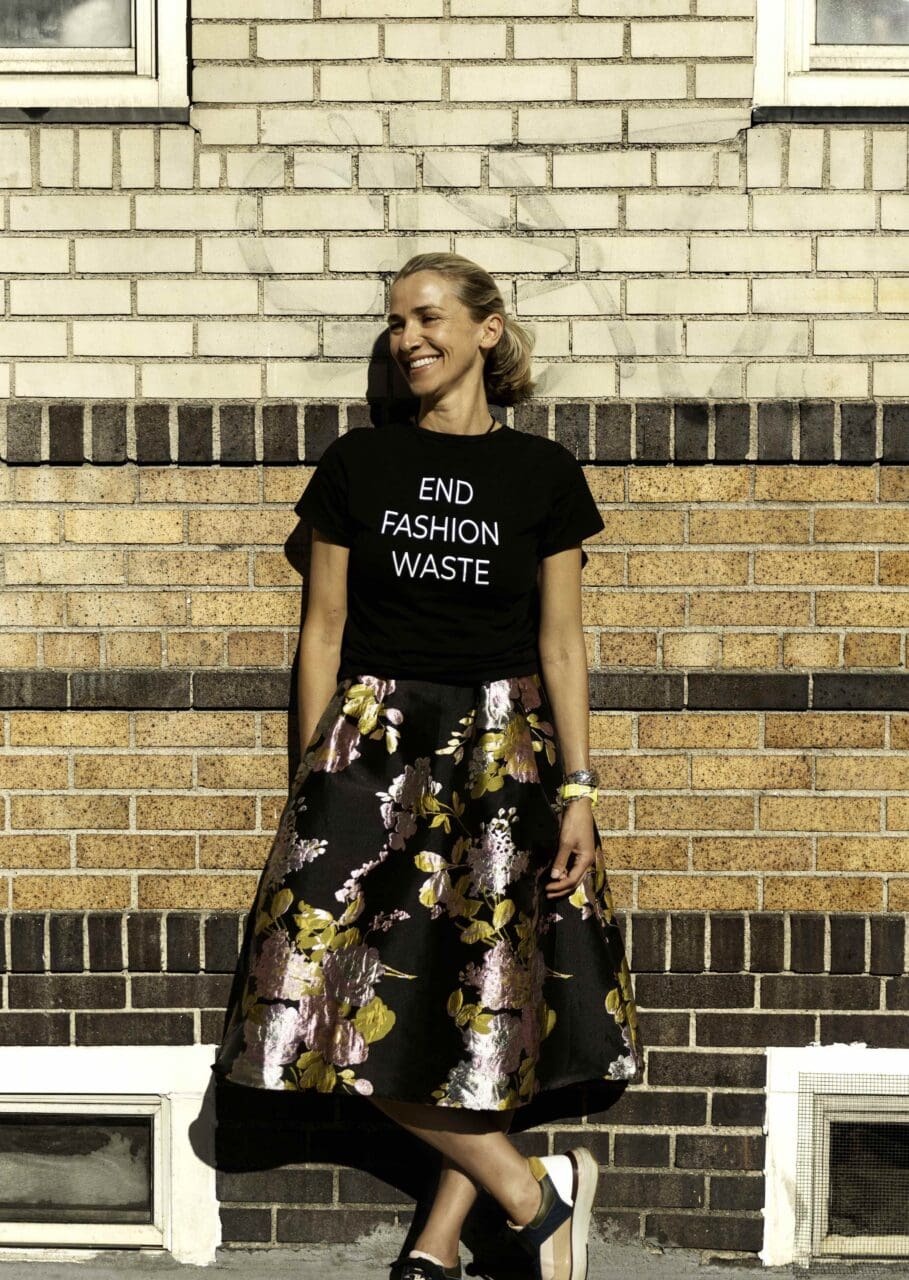Year on year, prices for premium designer bags continue to soar. Understandably, consumers want to do all they can to preserve their bags’ pristine, new condition and to extend their longevity, but here’s an inescapable fact: whether you carry your bags carefully or end up storing them longer than you use them, you will encounter issues. Here are a few that you can expect and treat accordingly.
Marks and scratches
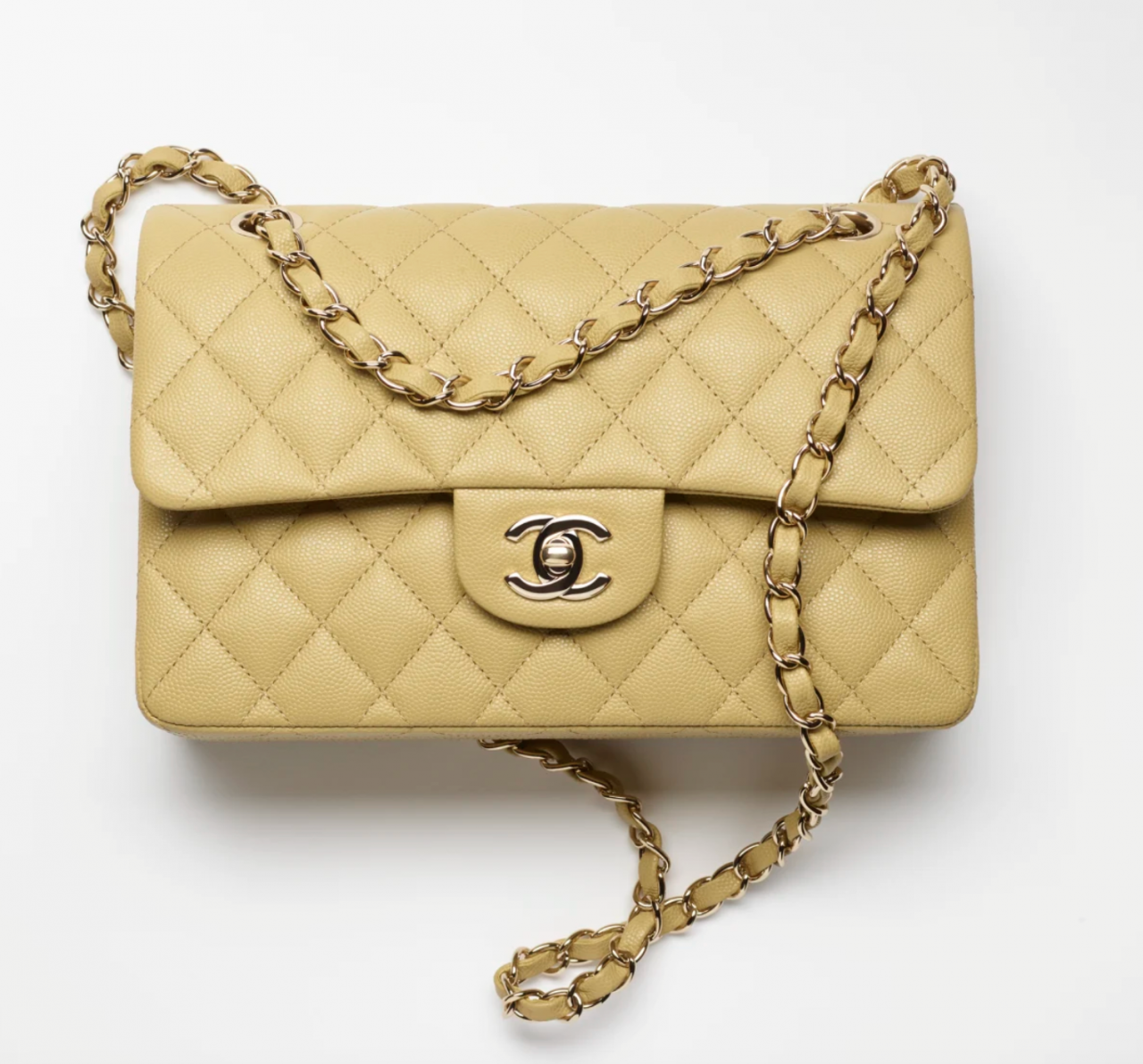
Consumers tend to prefer caviar leather on Chanel Classic Flap bags since they believe this grained leather is more scratch-resistant
Before you buy a bag, it’s good to assess the kind of lifestyle you have to determine the type of leather that works best for you. Many prefer to have a “low maintenance” leather bag, one that’s liquid and scratch-resistant and typically pebble-grained in texture. Remember that not all designer leather bags are created equal. Leathers that are pigmented, grain-embossed, and heavily-coated (with an almost plastic-like characteristic) possess this ‘low maintenance’, almost indestructible quality. But, according to seasoned leather tanners, only leathers of lower quality undergo this type of heavy treatment to mask natural skin imperfections and scars. Heavily coated leathers are cheaper but they’re marketed to consumers as “scratch and liquid resistant,” cleverly allowing brands to command higher margins for products made with them. Even these seemingly scratch-resistant leathers will eventually scuff, especially on the bottom corners of the bag.
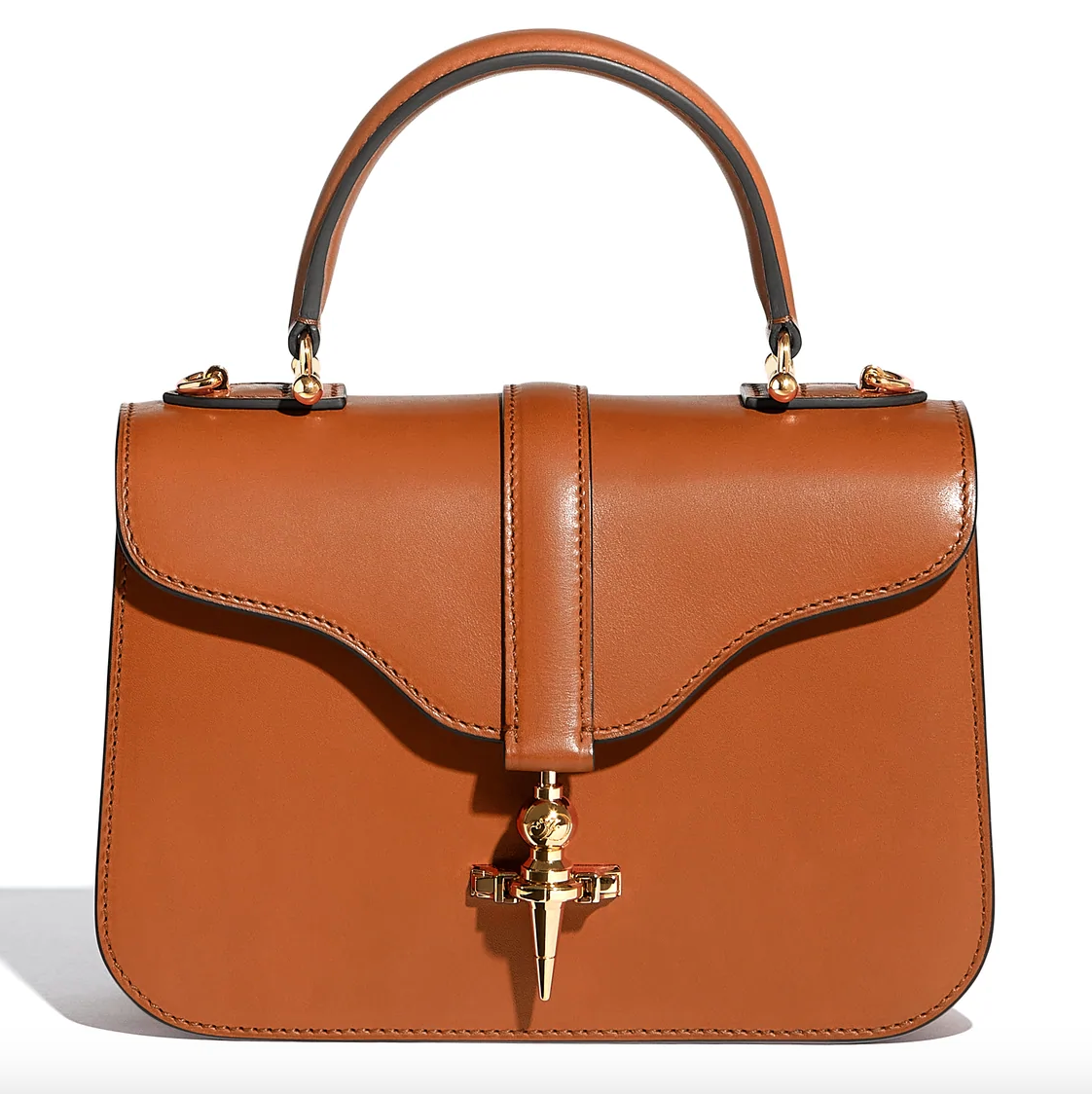
The structured Joseph Duclos Mini Diane Bag is constructed with premium, full grain calfskin leather
Leather connoisseurs will tell you that bags made from premium, full grain (the word grain here does not pertain to texture) leathers with aniline finish are the real luxury bags. But these leathers are also not for everyone as they may be more sensitive and prone to minute scratches, though they can be rubbed off easily if the marks are superficial. That said, they are the most durable among all leather grades. They will develop a beautiful patina with continued use and without a doubt will age better like fine wine. In the end, it really depends on the consumer’s personal preference: some may prefer premium grade leather for the prices they pay, while others are willing to overlook leather quality as long as their bag is liquid/scratch-proof to maintain ‘newness’.
Stains and pen marks
The old health adage, “prevention is better than cure” rings true when it comes to this issue. While there are many protection sprays in the market today, light-colored bags will never really be fully protected especially from stains and pen marks. Make sure to keep pens and liquids like hand sanitizers in separate pouches (preferably waterproof ones) if you plan on carrying them inside your bag. Being more careful with your apparel choices for the day will also save you the trouble of attempting to remove (albeit futile) color transfers on the body of your light-colored bag later. No matter what you’ve read, do not attempt to D-I-Y and use abrasive liquids and stain removers, as results can be permanently disastrous. It is still best to let professional leather specialists handle this type of cleaning.
Meanwhile, here are a few of the more common issues when you store bags, especially if not kept in the right conditions:
Structure Loss
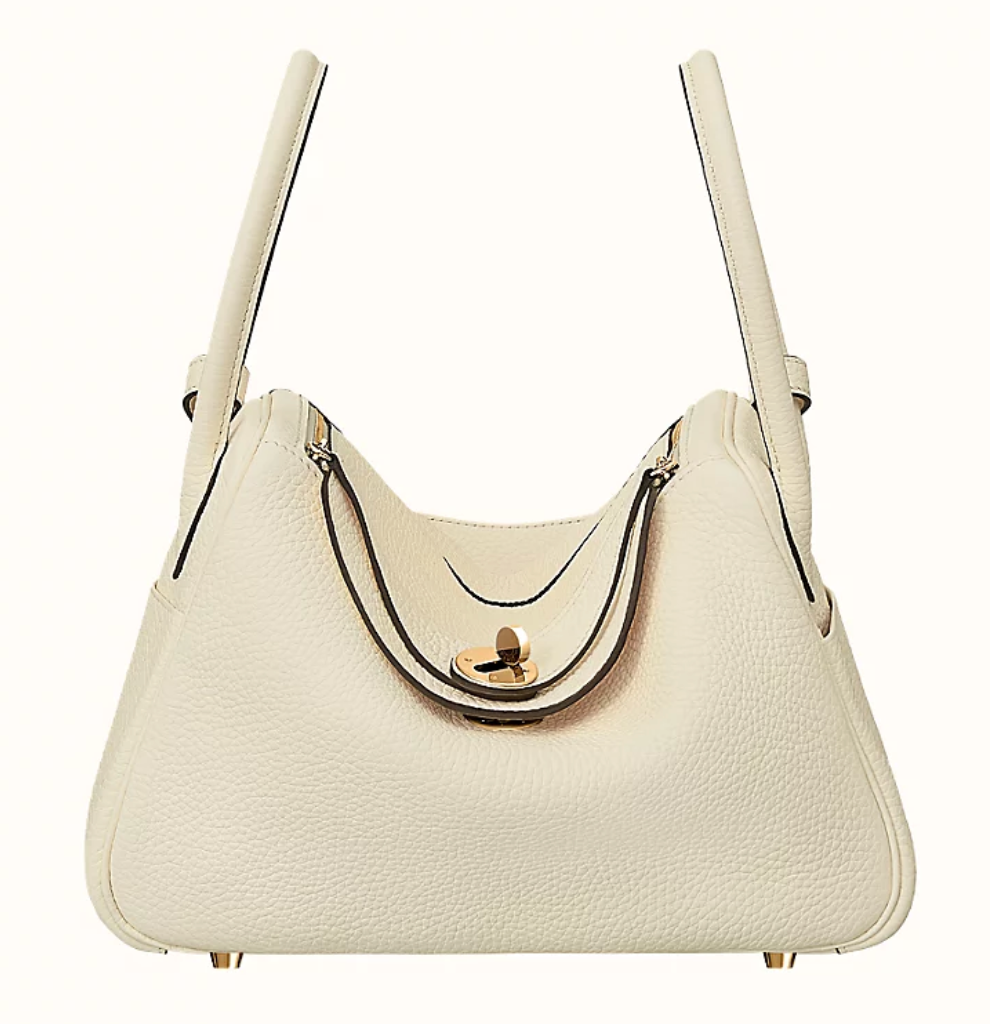
One of Hermes’ most popular bags, the Lindy should be stuffed properly but not overly so, to prevent the leather structure from "collapsing"
There are preventive measures against a bag’s structure loss. While some say stuffing the bag can alter the structure of the bag, I am of the belief that if stuffed properly with the right materials (acid-free paper is recommended) and in the right way, the stuffing can help maintain the bag’s shape instead of ruin it. Overstuffing the bag (whether stored or when in use) however, can ruin the structure as leathers stretch. Not stuffing the bag or not storing it properly can also cause structure loss. Avoid storing your bag in cramped spaces to prevent leather imprints or indentations from other bags.
Peeling Leather
Consumers buy premium designer bags with confidence because along with the hefty price tag comes the expectation that only the best materials would be used on the merchandise. Years (and sometimes even just months) later and depending on climate conditions, some discover that the leather trimmings on their designer bags have begun to peel, exposing a type of fibrous fabric underneath. While the leather on the straps may peel, the leather on the body of the bag doesn’t. This is because the leather straps on bags are oftentimes made with the lowest grade of leather, called bonded leather.
Bonded leather is still considered leather by the industry, even if it is man-made from leftover leather scrap and shavings. Think of bonded leather like you would chicken nuggets – each piece is still made from real chicken, but other ingredients have been mixed in to make it into what it is. Leftover leather shavings are reconstituted and bonded (using polyurethane or PU) onto a fabric backing and are grain-stamped and coated to resemble the leather textures with which we are familiar. Oftentimes they are treated and made to match the look of the leather on the body of the bags. This man-made leather is cost effective for brands to use on the smaller areas of their bags, but they will flake and peel over a short period of time. When this happens, the bonded leather trims or straps will need to be replaced entirely, as they are not at all salvageable.
Discolouration and cracking leather
No matter how good your bag’s leather quality may be, it can still be prone to cracking over time if stored in extreme conditions. Prolonged exposure to sunlight and heat can discolour and dry out leathers, causing them to crack – much like human skin. It’s helpful to check on your bags at least once a month to monitor its condition. If your bag is stored hot and dry conditions, find a cooler spot for it and make sure it is kept inside a light-coloured dust bag. Applying a thin layer of leather conditioner once every 3 months can also ensure the leather stays supple and help prevent cracking.
Edge paint issues
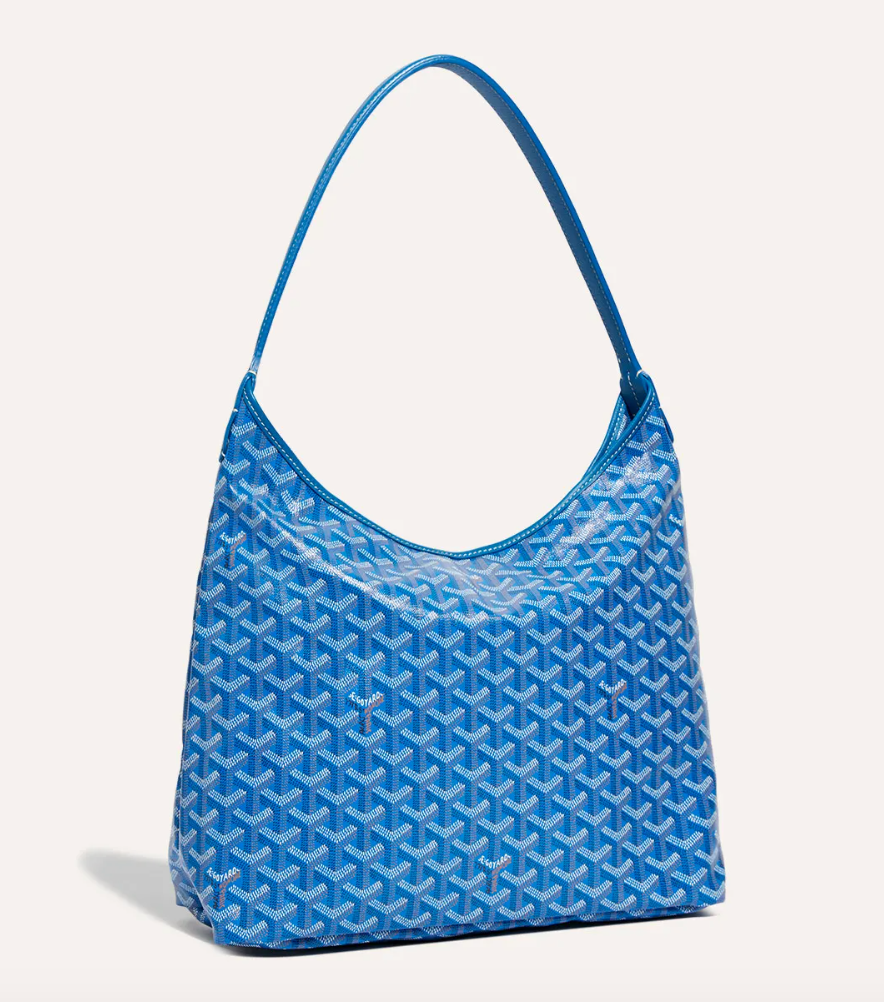
The Goyard Boheme Hobo has a smooth, tone-on-tone edge paint on the bag’s calfskin leather shoulder strap
Edge paint is used on edges of the bag to smoothen and “seal” layers of leather together, preventing them from fraying as well as from getting water into the cross-sections. If you live in hot and humid climates, you might notice your bag’s edge paint “melt” or become sticky over time especially when your bag remains unused over a prolonged period. Edge paint can also crack over time. When this happens, it is best to take the bag back to the brands or to leather specialists for immediate repairs.
Mould and mildew spots
Generally, bags in humid climates are more prone to moulds and mildew development on the body and interior. Depending on how long they’ve been growing on your bag, these moulds can sometimes still be wiped off – but be careful not to use the soiled parts of the cleaning cloth throughout the bag or the mould spores can transfer and grow elsewhere over time. Darker-coloured bags have the advantage in that they can hide the unsightly residual spots, though some marks remain difficult to remove in their entirety. Leather specialists can clean the bags, although sometimes additional treatment (like re-dyeing) is necessary – also know that colour treatments can alter the original look and feel of the leather over time. If you don’t plan on using your bag, make sure it is stored properly in its dust bag and in a dry place. Air out the bag and wipe it down with a clean cloth every so often as a preventive measure.
Hardware oxidation
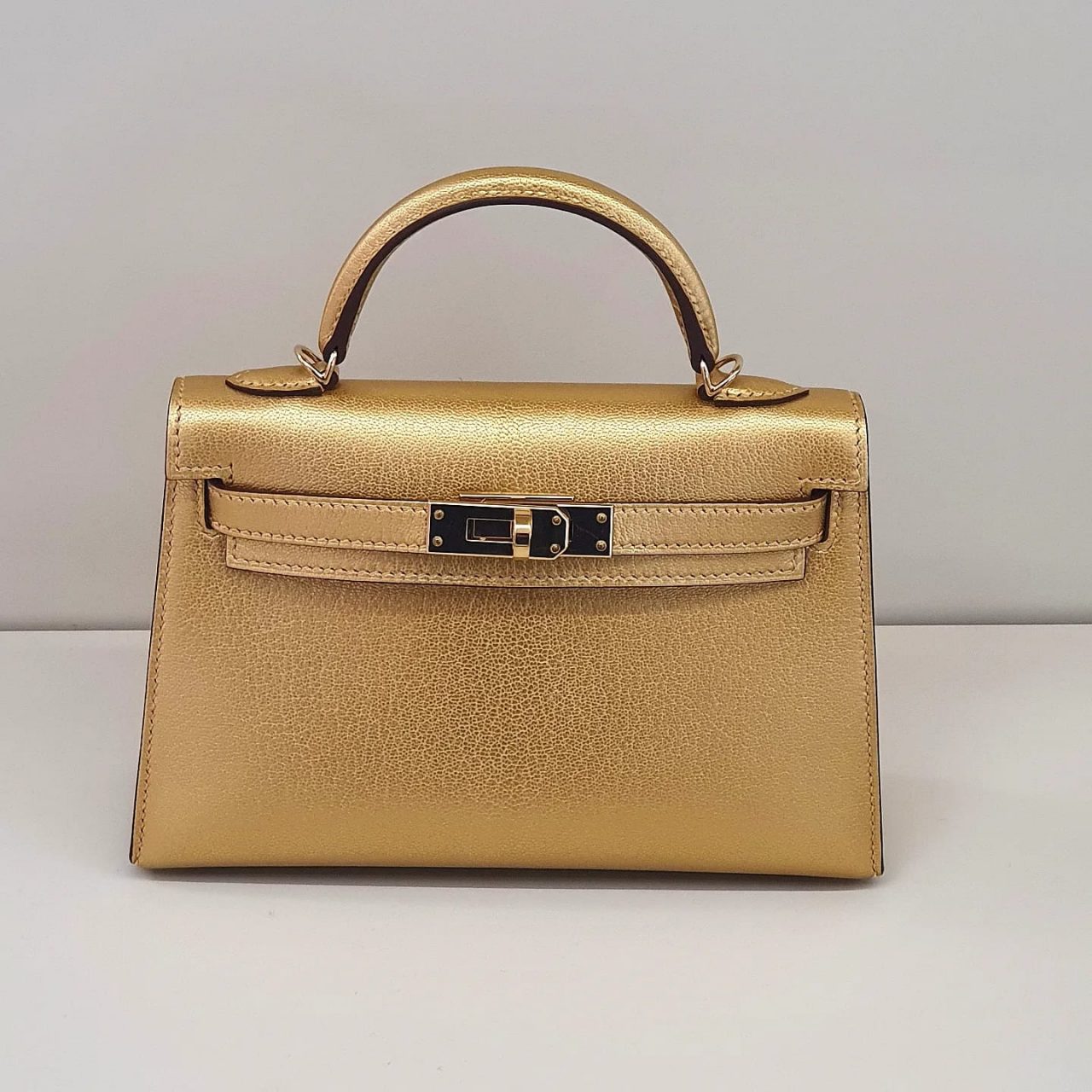
Many buyers choose to keep the plastic film on the Kelly’s hardware, but oxidation can occur within the perlage or “bead screws” of the hardware plaques on the sangles
Within the designer bag-loving community, there has been much debate over whether to remove the protective plastic film on the bag’s hardware, or to keep them on even after frequently using the bag. Many choose to keep the film on to prevent scratches. But if you live in a humid climate and don’t regularly use your bag, oxidation can happen on the metal parts of your bag. Having that plastic film on it may protect it from scratches but moisture can get trapped within and cause the hardware to develop uneven oxidation. While it is really entirely up to the bag owner to decide, I recommend removing them before using the bag. In the event the hardware begins to oxidise, try using a clean metal polishing cloth to repolish it. Hardware that is completely tarnished may need to be re-plated, and when that happens you can take it back to the brand – bear in mind some brands may charge you a fee for this replating service.
To better manage expectations in caring for your designer investment, here are five helpful points to remember before buying the bag of your dreams:
- Assess your current lifestyle to determine if the bag you’re interested in, is right for you. Don’t buy a designer bag on impulse or you might have buyer’s remorse.
- Ask the sales associate about the quality classification (full grain, top grain, split, bonded) of the leather/s used on your bag. Most brands don’t disclose this information on their websites as they’re deemed too technical for the average consumer, but it’s good to know before buying the bag.
- Ask the sales associate about how to care for the bag. Luxury brand sales associates should be able to share maintenance tips particular to your bag’s leather.
- Before you pay for your bag, ask about the brand’s after-sales bag service policies. It’s very important to know them in case your bag needs repairs in the future.
- You are buying a designer bag to use, not to display like a piece of art on your shelf. Understand that with use comes the unavoidable scratches, eventual scuffing and ageing. Instead of thinking that they will detract from the beauty and value of the bag, look at them as the bag developing its own identity and character unique to you. Your bag keeps most of your important daily belongings, grows together with you and shares your life journey, and that makes her priceless – battle scars and all!
Editor
Ingrid Chua


